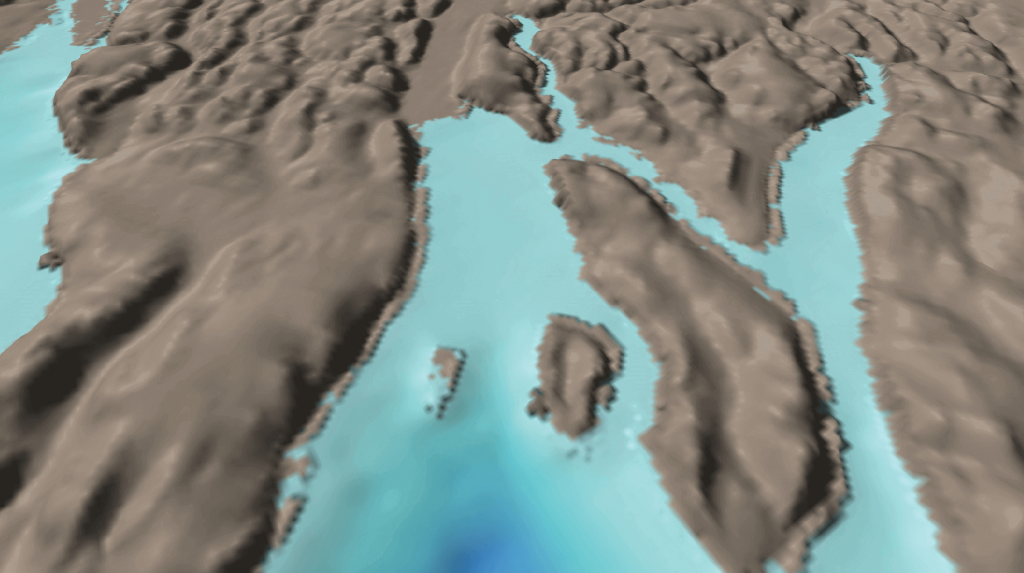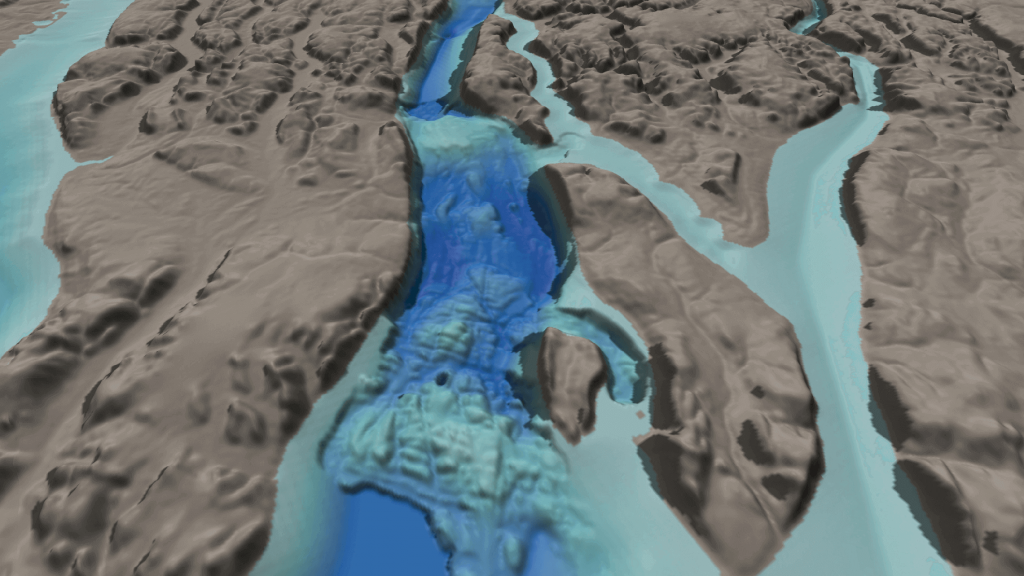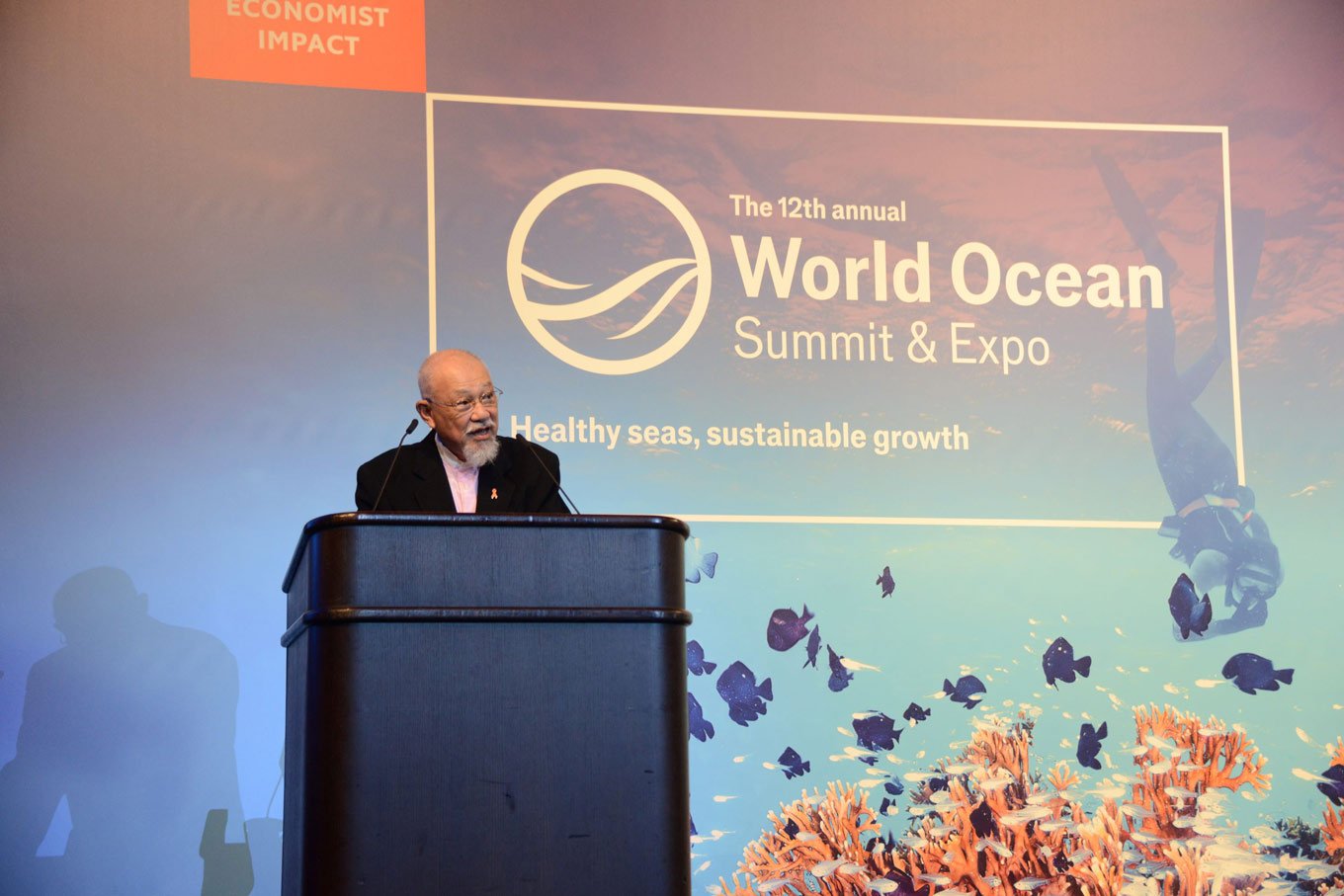Nearly One-Fifth of World’s Ocean Floor Now Mapped
On the occasion of World Hydrography Day, The Nippon Foundation-GEBCO Seabed 2030 Project, which aims to map the entire global ocean floor by 2030, has announced the inclusion of 14.5 million square kilometers of new bathymetric data in the latest GEBCO Grid. Nearly one-fifth of the world’s ocean floor has now been mapped, with the new data equating to an area twice the size of Australia.
Over the past year, coverage of the seabed has risen to 19% from 15%. When Seabed 2030 was launched in 2017, only 6% of the oceans had been mapped to modern standards.
The effort to complete the map of the world’s oceans has gathered significant momentum since its launch, with Seabed 2030 rallying over 100 international organizations in support. The Project now has 133 official partners, contributors and supporters, and continues to pursue new collaborations in data collection and technical innovation.


Jamie McMichael-Phillips, Seabed 2030 Project Director, said:
“The sustained increase in data available to map the ocean floor will enable Seabed 2030 to play a leading role in delivering a comprehensive set of authoritative data that is freely available for all to use. This is a leap forward towards achieving our mission, by the year 2030, to empower the world to make policy decisions, use the ocean sustainability and undertake scientific research based on detailed bathymetric information of the Earth’s seabed.”
“My thanks go out to all who have contributed data and technical expertise to bring together this new 2020 Grid. With the support of governments, industry, academia and philanthropy; and by using innovative technology, we anticipate availability of new data to grow on a yearly basis.”
“It’s encouraging to see what working collaboratively, across the globe, can achieve. Seabed 2030 will continue to seek out new partnerships and technological advancements. Everyone has a part to play in contributing to our ocean mapping journey: a journey that will greatly benefit humanity.”
The Nippon Foundation Chairman Yohei Sasakawa recently announced three initiatives that need further collaborative activity in accelerating the mapping of the ocean floor: supporting the mapping of unexplored areas; collecting data through crowdsourcing; and advancing technology for data collection.
Seabed 2030 continues to act as a catalyst for the unprecedented growth in available bathymetric data. A complete map of the world’s ocean floor will facilitate a heightened understanding of fundamental processes including ocean circulation, weather systems, rising sea levels, tsunami wave propagation, tides, sediment transport, benthic habitat distributions, and climate change.
In addition, the project will be a key enabler of other deliverables under the United Nations Sustainable Development Goal 14, “Conserve and sustainably use the oceans, seas and marine resources,” and is also aligned with the goals of the UN Decade of Ocean Science for Sustainable Development (2021 – 2030).
Contact
Public Relations Team
The Nippon Foundation
- Email: cc@ps.nippon-foundation.or.jp


